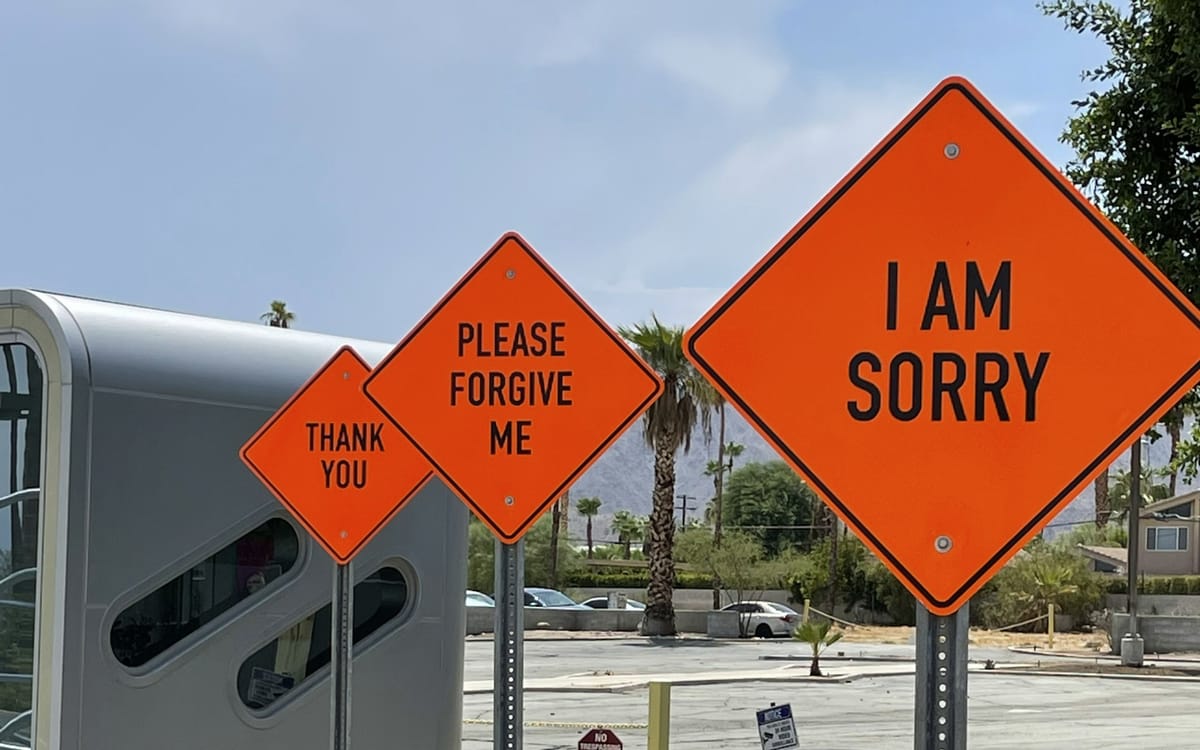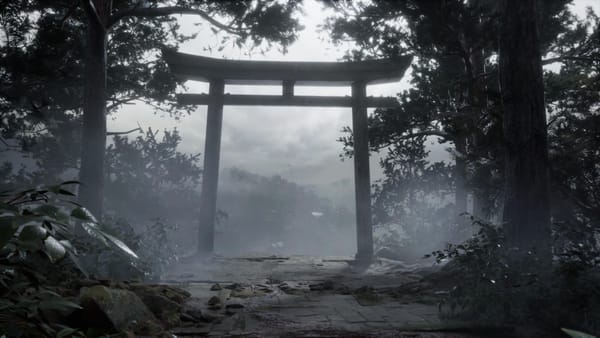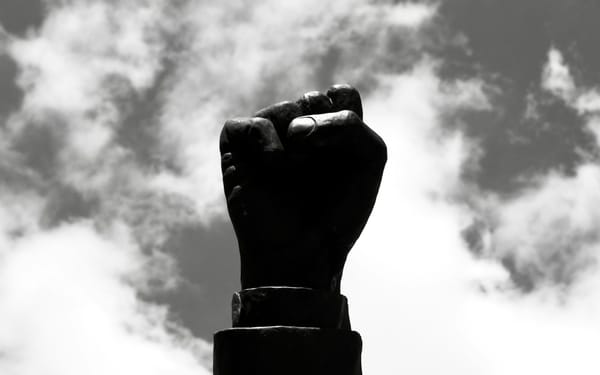Going Narrow: A Practical Guide to Buckling Like a Belt

After a brief and underwhelming sabbatical from the Church of Bezos, I’ve returned—head bowed, tail tucked, and ready to once again sell my wares in the temple. You know, the one Jeebus flipped tables over because it had become a marketplace? That one. Except this temple is digital, frictionless, and disturbingly efficient. And instead of doves and shekels, it trades in Kindle pages and 70% royalties.

Going wide sounded great in theory. In practice, it was a mess of clunky interfaces, slow pipelines, and the lingering dread of making exactly zero sales across five platforms. So I did what any defeated idealist would do: I canceled my IngramSpark titles, kept the overpriced ISBNs I’d paid for with my soul and a pint of blood, and published second editions of all my books directly through Amazon—this time with standardized formats and unified cover designs.
Here’s what it was like to head back into the belly of the beast, and why, despite everything, I’m once again curled up at the feet of Jeff Bezos, purring contentedly and pretending not to notice the fire outside the temple doors.
Same Shame, Different Edition
I didn’t just republish my books—I exorcised them. Or tried to. What started as a straightforward layout tweak turned into a full-blown reckoning with my past selves, especially the one who thought 10-point font and 0.5" tabs were perfectly reasonable for a novel and that typos were part of the charm.

Here’s what I actually did:
- Cleaned up a constellation of typos and some truly massive blunders in the early books.
- Wrote heartfelt (read: guilt-soaked) apology notes for Xronixle and Veneer, acknowledging that yes, I've been a bad writer and maybe not a great person.
- Standardized font size and interior layout across the board so no one has to squint or wonder why one book looks like it was printed by a zine collective in 1998.
- Hunted down orphans, widows, and hanging words like a layout-obsessed sniper. Some still escaped. They always do.
- Reimagined chapter titles and front matter with inspiration stolen directly from Replay by Ken Grimwood, because that’s how I make decisions: nostalgia and vibes.
- Reformatted every single cover to account for the new page counts. (Yes, a change in font size ballooned some books by 40 pages.)
- Inserted the new gold-plated ISBNs into the copyright pages like a rational businessperson burning money for warmth.
- Standardized back covers with clean taglines and blurbs—because apparently, people like to know what a book is about before buying it.
- Raised print prices to $15.99, not because I wanted to, but because Amazon raised its base printing costs and I didn't feel like losing money on top of losing my dignity.
- Probably did some other things too, but honestly, I’ve blocked them out for my own protection.
It was less like reissuing books and more like setting up a reparation fund for sins committed in Bookerly and hubris. But hey, second chances are part of the writer’s journey, right? Even if they cost time, money, and a little piece of your soul.
Snuffing Out Your IngramSparks
One of the reasons this whole “going narrow” process didn’t take months is because I hadn’t made it very far on IngramSpark in the first place. Only Xronixle and Guardian Angels had been fully published, which, in hindsight, feels more like a blessing than a milestone.
Now, let’s say you want to unpublish a book from Ingram. Surely, in the year of our lord 2025, there’s a big shiny button that says UNPUBLISH or REMOVE FROM DISTRIBUTION, right?
No. There is not.
Instead, you have to email them. Yes, really. So I did. And they wrote back saying I had to request a title cancellation. Which sounds very similar to what I thought I was already doing, but fine—I requested it again, this time more formally, more defeated. Eventually, they cancelled the titles.
I successfully pulled the EPUB versions of Xronixle and Guardian Angels, but I left the print version of Xronixle active. Why? Because apparently I enjoy chaos, and also because that turned out to be its own little side quest (more on that nonsense later).
What should have been a few clicks on a dashboard turned into a multi-day exchange with customer service. They were polite. They were professional. But none of it should have been necessary.
To the bitter end, IngramSpark remains clunky AF—a throwback to a time when digital publishing meant faxing someone a PDF and praying for toner.
A Machine Greased With Blood
Let’s just get this out of the way: Amazon is terrifyingly good at publishing.
Uploading my print-ready PDFs took seconds. Not days. Not a week and a half with a warning about your embedded fonts. Seconds. The very first cover I exported from Canva? Accepted without complaint. No dialing margins back and forth. No re-exports. No punishing silence. It just worked.
Once both files were in, Amazon spit out a preview in under a minute. A full digital rendering of the book, spine and all. It felt like watching a god casually assemble a planet.
Ordering a printed proof took approximately an hour in total, with most of that time spent waiting for the proof to appear in my Amazon cart. The proof was sold to me at cost, with shipping around $4, and the entire thing was at my door within 48 hours. Ingram couldn’t even acknowledge my file upload in that time.
There is simply no comparison between Amazon and IngramSpark. None. Bezos’ machine is fast, responsive, and slick in a way that feels almost unethical. You upload, you preview, you hold a printed book in your hand within two days and think, this is how it should be.
They get their hooks in you, and you don’t just tolerate it—you enjoy it. It’s so fast, so efficient, that it creates the illusion of productivity. You feel like you’re doing something, like you’re winning, when really, you're just being quietly absorbed by the hive.
And you know what? Just because something is evil doesn't mean it's not good at what it does.
Merging Can Be Difficult at Speed
One of my early concerns about the second editions was that they’d be born into the world completely naked—no stars, no reviews, no social proof that they weren’t the ramblings of an aging science fiction author. I figured Amazon, in all its infinite algorithmic wisdom, would link the old and new editions together automatically. After all, I was using new ISBNs, but the titles and authors were identical. That’s what editions are, right?
Apparently not.
The KDP Help Center—Amazon’s one real Achilles’ heel—is full of vague documentation and contradictory phrasing, particularly around the terms version and edition, which they toss around like interchangeable synonyms. I sent in a support request, asking how to transfer reviews. The response: boilerplate. “Please wait.”
I waited. Nothing happened.
So I tried again, this time asking point-blank: Can you link these editions and transfer the reviews? The response was classic KDP:
Hello,
Greetings from the KDP team! I hope you are having a good day.
No, customer reviews cannot be transferred to newer editions. They can be shared with newer editions, which is different. We can link the old and new editions so they show up on the same Amazon shopping page and they can share the customer reviews. Please let us know if you would like us to do so and which are the ASINs/ISBNs you would like to link.
We remain at your disposition.
Not a straight no, and in Amazon-world, that’s as close to a yes as you’re going to get.
I replied with a clean list of ASINs for both the old and new editions. And just like that—within the hour—my titles were linked. Reviews appeared on the second editions, and my Amazon Author Page went from looking like I was plagiarizing myself to a clean, single-row listing per book.
The only catch? Amazon prefers to feature the first edition by default. You can still buy the second edition, but only if you click into the "See all formats and editions" link.

When I asked about retiring the first editions completely, I got a rather stern response:
Please keep in mind that Amazon has a very strict policy against completely removing print books from our website (digital eBooks do disappear, but not print books). That means that even if you unpublish or archive the old versions of your books, the old print versions will continue to exist on Amazon and the reviews will continue to be shared.
So yeah. The books are linked. The reviews are shared. The cleanup is in progress. But there’s still more work to do.
State of the Anthology
And just like that, the circle is closed.
All of the second editions are now live on Amazon, print and digital, with a fresh coat of polish and slightly higher price tags to match. The print books are up to $15.99, and the ebooks have crept from $4.99 to $5.99—because inflation, because page count, because self-respect.
Every title has returned to the warm, data-hungry bosom of Kindle Unlimited, where the royalties are low, the competition fierce, and the page reads completely inscrutable. But hey, exclusivity buys visibility—or at least that’s the gamble.
Expanded distribution is disabled for now. I’d say “temporarily,” but let’s be honest: I’ve seen the other side, and it was paved with latency and despair.
So now I wait. Sit back. Refresh KDP every few hours like a totally normal person. Watch the money and praise roll in, or at the very least, dribble politely in. And if it doesn’t? Well, at least the books look better.

They’re clean, consistent, and fully housebroken. And they know where they live now: in the basement of the world’s biggest bookstore, curled up on a pallet of Bezos-brand toilet paper, whispering sweet nothings to the algorithm.
Unanswered Questions, Unfinished Business
Like any good publishing saga, this one ends not with closure, but with a to-do list and a creeping sense that I’ve only made things more complicated. Among the mysteries still to solve:
- What actually happens when I unpublish the first editions of my books? Will they quietly vanish from buy pages, or cling to visibility like ghosts in the machine? How do I test this slowly, methodically, without breaking the fragile linkage between editions?
- Should I enable Expanded Distribution on Amazon and reap the massive, life-altering $0.74 royalty that comes with it?
- Or should I crawl back to Ingram and reintroduce a few print editions there, accepting their higher list prices in exchange for wider reach and slightly more control?
- And if I do that, will I end up with two versions of every book showing up on Amazon again, undoing all this edition-merging, format-simplifying work? Will readers know which version to buy, or just walk away entirely?
So many questions. And somewhere in the background, a book to finish.
For now, all I can do is cancel my Adobe Acrobat subscription—because who needs to format PDFs when you’re staring into the void, weighing distribution models like they matter more than story?
As for you, dear reader: if you want to support a man who made the pilgrimage back to Amazon with his dignity mostly intact, pick up a copy of Bartering Nola. Unless you’re a subscriber, in which case you get it for free.
Until the next crisis...





